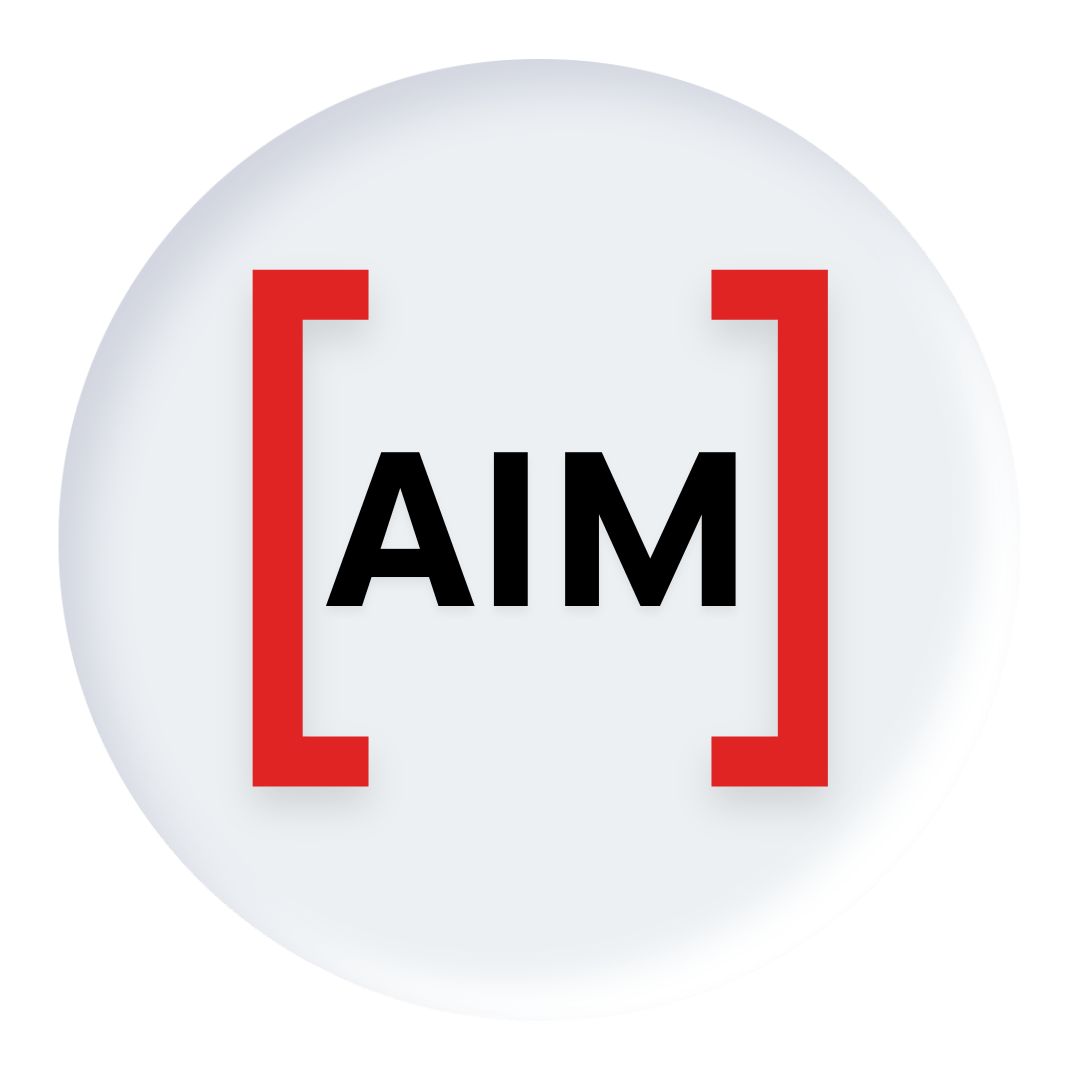
Geo-Fencing Campaigns: Driving In-Store Traffic With Location-Based Targeting
One of the biggest challenges for CPG brands is converting awareness into real, measurable foot traffic. You can run a strong digital campaign, but if your product sits untouched on a retail shelf, the results are only half-baked.
That’s where geo-fencing comes in. Geo-fencing allows you to set up a virtual perimeter around a physical location like a grocery store, co-op, or gym and deliver hyper-targeted ads to shoppers when they’re nearby. It bridges the gap between online engagement and in-store action, giving you the ability to drive local traffic where and when it matters.
What is Geo-Fencing and How Does it Work?
Geo-fencing uses GPS, RFID, Wi-Fi, or mobile data to create a virtual boundary around a defined area. Once a user enters that boundary, they become eligible to receive ads or notifications on their smartphone.
You’ve likely experienced this before. Walk near a store and suddenly see a brand’s ad in your feed? That’s geo-fencing in action.
For CPG brands, this means you can target potential customers while they’re:
Walking through the aisles of your retail partner
Visiting a competitor location
Shopping at complementary businesses (like fitness studios, cafes, or specialty stores)
Why It’s Powerful for CPG
The timing is everything. You’re reaching consumers in real-time, at the point of consideration. They’re already in buying mode, and your message lands when it’s most relevant.
Geo-fencing helps you:
Drive in-store traffic to specific locations
Support launches or limited-time promotions
Win back attention in underperforming retail regions
Layer on top of trade efforts for stronger buyer visibility
Campaign Example: Supporting a New Retail Launch
Let’s say your product just launched in Whole Foods in the Phoenix metro area.
You could:
Set a geo-fence around the 10 store locations
Deliver Instagram and TikTok ads with a “Now Available” message and coupon link
Link to a landing page or store locator
Retarget users who viewed the ad or clicked the promo
With a small budget, you’re now reinforcing retail placement with digital pressure—without blanketing the entire market.
Targeting Smarter: How to Set It Up
Choose Your Locations Wisely
Focus on top doors, new accounts, or competitive stores where awareness needs a lift.Use Location-Based Creative
Don’t say “Find Us Nationwide” when you’re targeting a 5-mile radius. Get specific:
“Available at Whole Foods Chandler – Aisle 6”Measure Foot Traffic + Engagement
Use tracking pixels, coupon redemptions, or store-specific promo codes to evaluate impact.Layer With Custom Audiences
Combine geo-fencing with customer lookalikes or past purchasers for added accuracy.
Bonus Use Case: Event & Demo Support
Geo-fencing isn’t just for stores. You can set up campaigns around events, trade shows, or in-store demos to amplify visibility.
Example:
Running a demo at Natural Grocers on Saturday? Launch a 24-hour geo-fenced ad campaign with a time-based promo.
Include video snippets or motion graphics for better performance.
Geo-fencing helps turn attention into action by meeting your shopper exactly where they are physically and mentally. For CPG brands focused on velocity, visibility, and localized traction, this isn’t just a tactic. It’s a strategic advantage.
If you’re investing in retail growth, don’t rely on shelf placement alone. Meet your audience where they’re already shopping and give them a reason to find you first.

At Affordable Immediate Marketing (AIM), our strength lies in our dynamic leadership team, whose diverse expertise drives our innovative approach to digital marketing. Co-founder Odessa Wauneka, a Navajo Native American, brings over seven years of experience in digital marketing and creative content creation. Specializing in videography and photography, Odessa has successfully collaborated across various sectors, including non-profit organizations, education, healthcare, live events, e-commerce, and local public relations. Her unique perspective and creative vision have been instrumental in crafting compelling narratives that resonate with diverse audiences.
Complementing Odessa's creative prowess is co-founder Alexander Ayala, a seasoned corporate executive with a specialization in the consumer packaged goods (CPG) industry. Alexander's extensive experience encompasses nationwide distribution, digital and trade marketing, sales, and brokerage management within the Natural Foods sector. His strategic leadership has led to the successful establishment of teams in major cities such as Seattle, Portland, Denver, Los Angeles, and Phoenix. Holding over 20 digital media certifications, Alexander is a strong advocate for software and business automation, driving efficiency across all operational facets.
Together, Odessa and Alexander have built AIM into a comprehensive digital marketing agency that offers tailored solutions. Their combined expertise ensures that clients receive innovative strategies and tools designed to enhance online presence and foster business growth in today's competitive digital landscape.
Discover more about our services and how our dedicated team can assist in achieving your marketing goals by visiting our website at www.dontforgetvideo.com

Created with © systeme.io
